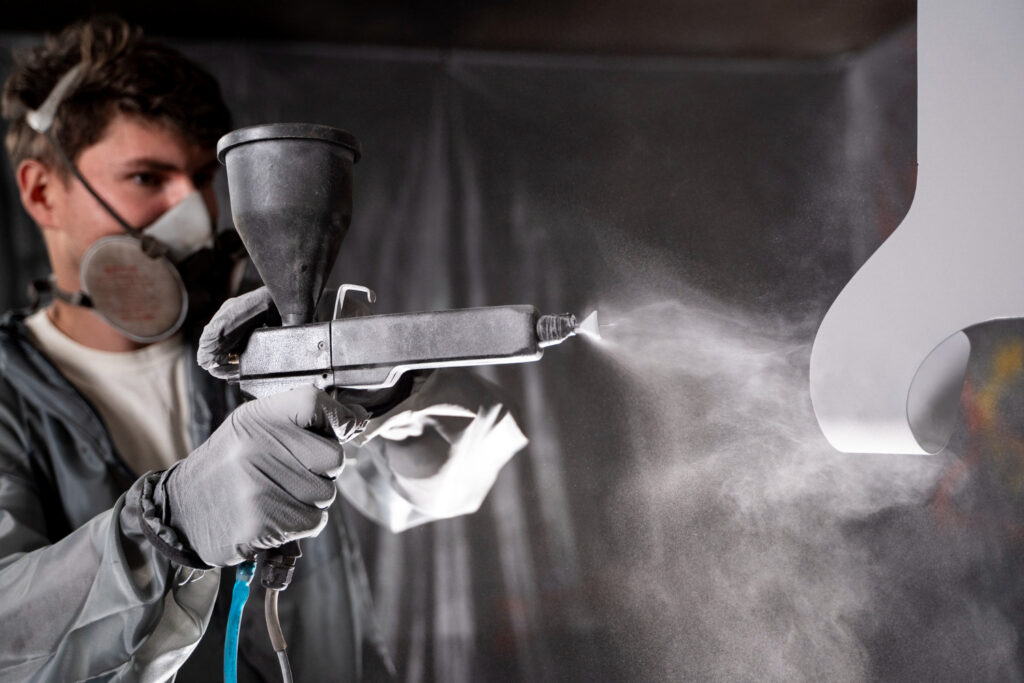
Table of Contents
Key Takeaways:
- Understanding the significance of industrial painting in interior spaces
- How industrial painting improves durability and aesthetics
- Identifying the best practices for choosing industrial painting services
- The impact of color psychology in commercial settings
- Ensuring safety and compliance in industrial painting projects
Table of Contents:
- Introduction
- Benefits of Industrial Painting
- Choosing the Right Paint
- Process of Industrial Painting
- The Role of Color Psychology
- Safety and Compliance
- Conclusion
Introduction
Industrial painting can completely transform interior spaces, not just in terms of durability but also aesthetics. Luke Kush’s Painting offers high-quality services tailored to commercial and industrial environments. Industrial painting’s transformative power lies in its ability to merge functionality with visual appeal, creating resilient and inviting environments. This guide will take you through the many benefits and considerations when opting for industrial painting for commercial and industrial environments.
Benefits of Industrial Painting
- Increased Durability: High-quality industrial paint enhances protection against wear and tear. Properly applied industrial coatings can last longer and withstand harsh conditions. It is particularly beneficial for spaces that experience high traffic or are exposed to challenging environments. Durable coatings reduce maintenance costs and extend the life of surfaces.
- Improved Aesthetics: Applying a fresh coat of paint can revitalize a tired space and give it a renewed look. It’s an effective way to refresh a commercial environment and create an inviting atmosphere for clients and employees. Updated paint can also align with branding efforts, providing a cohesive look that reinforces a business’s identity.
- Resistance to Chemical Exposure: Industrial paints are designed to withstand harsh chemicals. It is essential in environments where chemical spills and splashes are a concern. Chemical-resistant surfaces preserve the space’s integrity and ensure a safer environment for workers and visitors.
Choosing the Right Paint
Selecting the appropriate paint for your industrial project is crucial. Consider factors like surface material, environmental impact, and desired finish. Surface material can dictate the type of primer and paint required, while environmental factors such as humidity, temperature, and exposure conditions can influence the paint’s performance and durability. For additional insights on best interior painting tips, check out this resource from Architectural Digest. By making informed decisions about the paint type and application process, you can ensure a long-lasting and visually appealing result that meets all functional requirements.
Process of Industrial Painting
- Surface Preparation: Clean and prepare the surface to ensure the paint adheres well. It can involve sanding, scraping, and cleaning. Removing old paint and contaminants is critical for creating a smooth surface that allows the new paint to bond effectively. Proper surface preparation also prevents later peeling, bubbling, and other adhesion issues.
- Primer Application: Apply a primer to create a smooth base for the paint. Primers further enhance paint adhesion and longevity. They can seal porous surfaces and provide a uniform base color, especially when applying light colors over darker substrates.
- Painting: Use high-quality industrial paint and apply it evenly using appropriate tools. Depending on the project’s specifics, techniques such as spraying, rolling, or brushing may be employed. The choice of tools and methods can impact the finish quality and visual appearance, so using the right approach for the job is essential.
- Inspection: After the paint dries, inspect for imperfections and touch up as needed. It ensures a flawless finish and long-lasting results. Determining details during inspection can identify minor problems early on, preventing them from escalating into significant issues and leading to a refined and polished result.
The Role of Color Psychology
Colors greatly influence human behavior and emotions. In commercial spaces, the right shades can enhance productivity and customer satisfaction. Learn more about how color psychology affects productivity from Forbes. For example, blue hues often induce calm and focus, making them ideal for office settings, whereas brighter colors like yellow can energize and inspire creativity. By grasping the psychological impacts of colors, companies can design spaces that positively impact their employees and clients, resulting in better productivity and contentment.
Safety and Compliance
Safety is paramount in industrial painting projects. Ensure that all materials meet regulatory standards and that painters have proper safety gear. Compliance with local safety guidelines is non-negotiable. Adequate ventilation is necessary when painting inside to avoid breathing in fumes, and all workers must be informed about and follow safety guidelines. Adhering to these standards not only protects the health and safety of the workforce but also ensures that the project complies with legal requirements, avoiding potential fines and liabilities.
Real-world examples can provide valuable insights. Look at how several businesses have successfully transformed their spaces through industrial painting. For instance, a leading manufacturing plant saw significant employee morale and productivity boost after undergoing a comprehensive industrial painting overhaul. Similarly, a retail space improved its customer experience and sales by applying strategic color choices aligned with branding and psychological principles.
Conclusion
Industrial painting is crucial in enhancing interior spaces’ functionality and visual appeal. By understanding the benefits, selecting suitable materials, and adhering to best practices, businesses can significantly transform their environment, contributing to aesthetic and practical improvements. Industrial painting offers a reliable solution whether you want to improve durability or invigorate your commercial space’s look.
